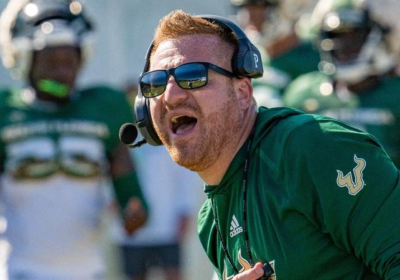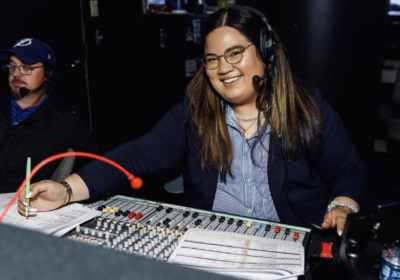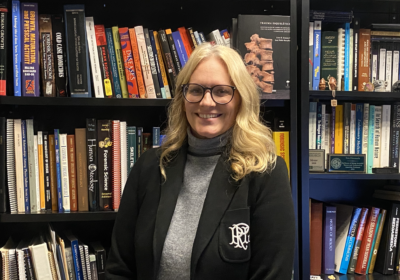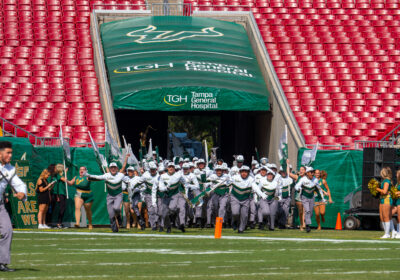A trip through the tunnel
Residents of Juniper-Poplarhall were likely to encounter a line stretching around from the offices corridor to the dining hall entrance, as
fellow students and faculty awaited their turn for a tour through the ominous Tunnel.
The Tunnel of Oppression is a nationally recognized cultural immersion and multicultural awareness program held at multiple
college campuses across the country, which completed its 10th year on campus last week, as an initiative of the Department of Housing and Residential Education.
The Office of Multicultural Affairs, the Counseling Center, and the Center for Victim Advocacy and Violence Prevention sponsored this years
production.Stacey Jaska, a Housing employee, who helped host the Tunnel Committee for the second time, was first hooked on the experience as an undergrad.
Every single person involved with Tunnel has something thats close to them that they want to share with other people and make sure people are aware, she said.
Skits are produced annually since issues such as peer pressure, eating disorders and suicide are becoming increasingly more prevalent today than they were 10 years ago at the Tunnels commencement.
But the Tunnel isnt a static production.
The powerful skits are acted out by volunteers to help shed light on issues, such as womens and gay rights and cyber-bullying.
Nothing was off limits to these advocates as they animate situations with vulgar language, physical coercion and inhumane disregard.
A gay students roommate hurled slurs at him in one. A girl with depression committed suicide in another. A deaf girl, acted by a student who was deaf, was mocked for not speaking. They all sought to be accepted for who they were.
The walls of the tunnel, covered in black paper with hundreds of slanderous words scrawled across, created a hateful atmosphere. The tour guides barked orders and herded the participants from one room to the next.
But Michaela Cunningham, a senior majoring in psychology, was prepared for the shock during her fourth year of attendance at the Tunnel of Oppression.
The first time I went, it was an eye opener to the different ways we oppress people, even in ways we dont think we oppress them, she said. So there were some things I expected, but then there were other forms of oppression, like our own perceptions about people who are involved in different groups on campus like sororities and fraternitiesor just different issues like suicide things that people tend to be more close-minded about.
This year, she continued to gain understanding of oppression and to become more sensitive to the issues represented.
Its easy to go through it and be like Im such a changed person, but then you go into the real world and you still fight those prejudices that you have inside you.
At the end of the tour, participants were led to a circle of chairs with facilitators who helped in the debriefing of this emotional experience.
Participants were encouraged to talk about how each skit impacted them and which ones touched them the most
deeply.
Participants were given strips of paper on which to write their secret anonymously for the passersby to see. Chains of Oppression allowed participants to write down situations in which they wereoppressed and the strips became links in a paper chain.
Even Tunnel veteran Cunningham was able to take away a new experience.
Ultimately you learn that, in the same way you can use your words or your
actions to oppress someone, you can use one word or one action to uplift
someone, said Cunningham. Theyre worthy, theyre not less than.






